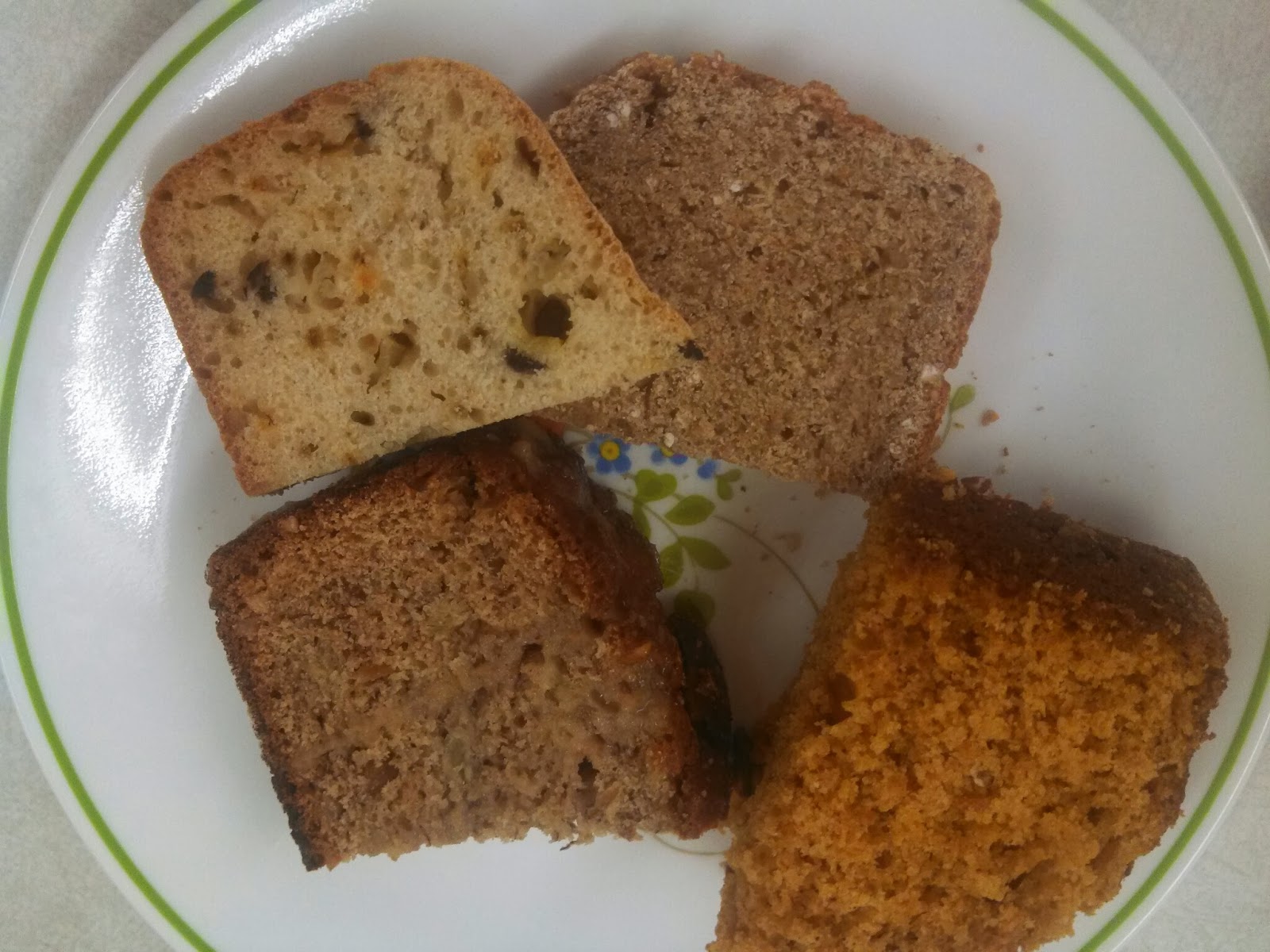Human sexuality is one of my most favorite topics to teach. I believe it is so important for students to be well-informed and confident in their sexual health. Not surprisingly, my students to not yet see the importance of comprehensive sex education. And with students ranging from freshman to seniors, things can get awkward for them.
To put everyone at ease for our Human Sexuality Education unit, I start with some ground rules.
- The students and teacher will not be put in an embarrassing situation by being asked personal questions. I will never do something like "Let's get a show of hands." I expect the students to respect my privacy as well.
- All points of view are worthy of being discussed. No put-downs or "preaching." Many of my students come to class with very strong views about sexuality and that is awesome! But that doesn't make different views "bad." I also mention here that all questions are for seeking knowledge, not to disclose information about that person. For example, a student saying, "I heard you can gain weight with Depo-Provera," is not to be assumed as, "Should I take Depo-Provera or will it make me gain weight?"
- Do not talk about classmates outside of the classroom. We've just gotten off of our Communication Skills unit so we have emphasized the importance of confidentiality in communication.
- Speak only for yourself. Use "I-Messages" to state opinions or feelings. It is unfair (and would hurt confidentiality) for students to share the experiences of others.
- If you or someone you know has a complaint about the class, come directly to the teacher about it. I tell my students that I always teach as if a parent and an administrator were present. However, if I say something offensive, or if I do not address a situation in an appropriate way, please let me know.
- Discuss the issues raised in class with your parents. Parents are sometimes surprised by just how comprehensive our program is. I encourage students to talk to their parents and have them come to me with questions.
- Give an accurate account of what the class is about.
- Do not sensationalize. That is to say, don't make a big deal out of things.
- It is alright for the teacher to not know all of the answers. She will find answers for you if she does not know them. I take this chance to emphasize how I will answer every question that is asked. I find that the best way to ward off inappropriate show-off questions is to answer them very truthfully and honestly.
- Use the correct term whenever possible. If the correct term is not known, please ask and one will be provided for you. This is important for sexual health! I think knowing the correct terminology is very important. Sometimes kids ignore or hide severe symptoms because they are too embarrassed to seek help. Remember that "Sex Ed" is not just about sexual relationships, but caring for a person's whole sexuality, including their reproductive anatomy. Men and women have very different but severe diseases and disorders that they should know about and be able to protect themselves from.
What would you add to the list?













